Lighting in Stadiums : Types, Setup & Brightness

The crowd roared. The referee whistles. The roar of a winning goal within the shimmering canopy of lights. Lighting in stadiums is not only a requirement, but also the pulse of the evening games, the focus on the players, and the assurance that all actions, passes, and builds are evident. When it is well done, […]
Things You Should Know About a Badminton Court
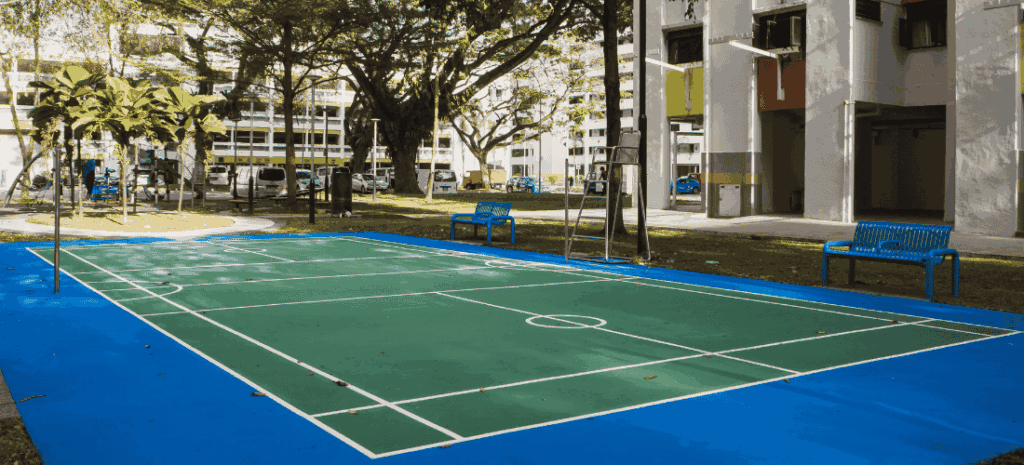
The badminton court follows standard dimensions set by the Badminton World Federation (BWF) for fair play. A doubles court measures 13.4m x 6.1m, while a singles court is narrower at 5.18m. The net stands at 1.55m at the edges and 1.524m at the center, ensuring balanced gameplay. Proper measurements enhance player mobility, strategy, and overall […]
Sports Infrastructure Development- Challenges & Opportunities
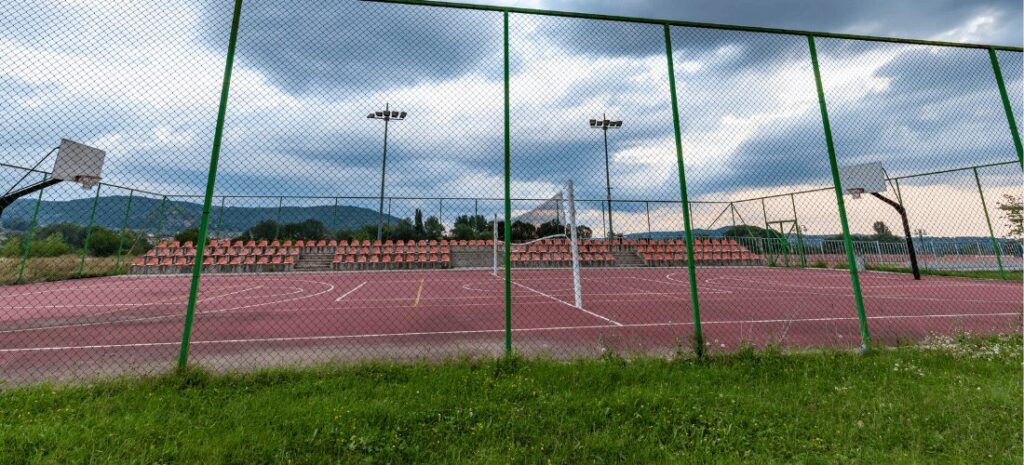
In the field of sports, the available facilities and infrastructure are associated deeply with the future of sports and general health fitness. A nation with well-developed sporting infrastructure harnesses athletic abilities and promotes an active life more successfully. In recent years, sports infrastructure modernization and expansion has been undertaken to bring it up to acceptable […]
Volleyball Court Cost Guide

Building a volleyball court demands strategic budget planning and thorough planning for producing a premium playing field. Three major factors affecting total costs include the dimensions of the court together with its materials and the site environment they will occupy. It is necessary to consider costs for lighting installations together with fencing work and seating […]
Padel Tennis and Pickleball Courts
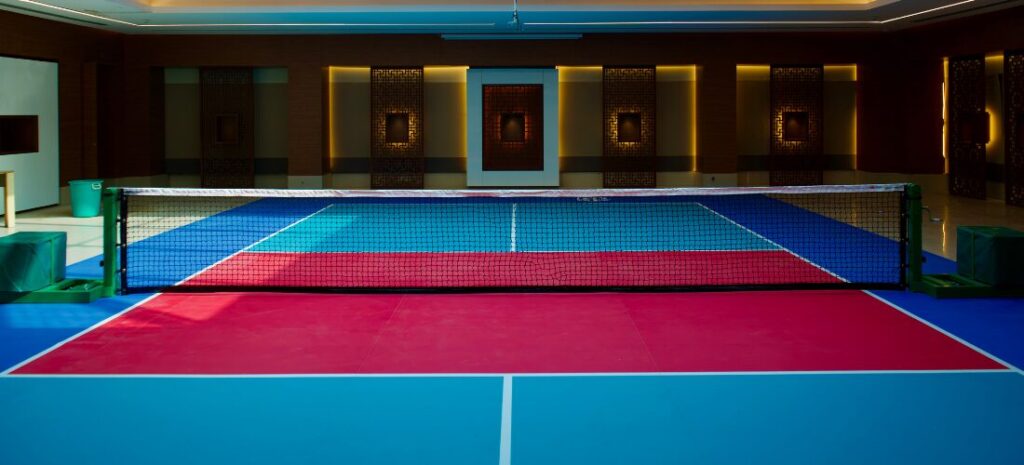
The world embraces Padel tennis and pickleball sports because these games blend standard racket sports with contemporary enhancements. Reliable court structures demand thoughtful planning and top-notch materials and build methods which improve competitive dimensions and court upkeep. The final price of investment depends heavily on the elements that make up a court including the ground […]
Futsal Turf Cost Guide
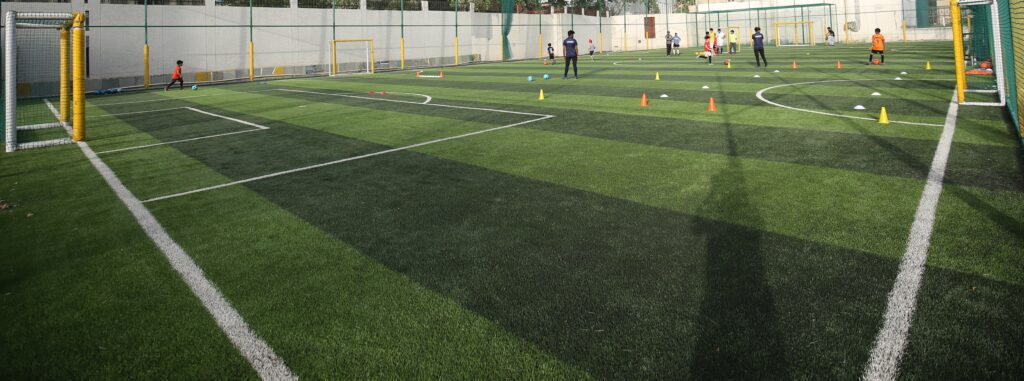
Multiple variables determine the total expense when building futsal turf so proper budgeting must be performed. The factors that affect overall costs consist of artificial turf selection and base layer preparation as well as fencing and lighting requirements and supplemental facilities. A decision between indoor or outdoor futsal courts affects expenses and how much it […]
Badminton Court Cost Guide
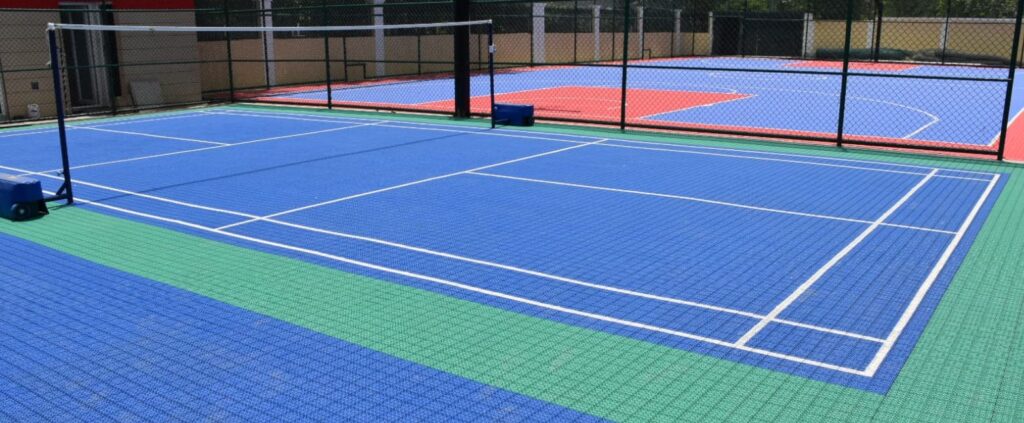
Cost planning for building a badminton court must be thorough since several expenses determine its total price. The budget for a badminton court depends heavily on deciding between different elements including flooring selection and site preparation and addition of lights and structure. A decision between indoor or outdoor facilities together with compliance needs and court […]
Basketball Court Cost Guide
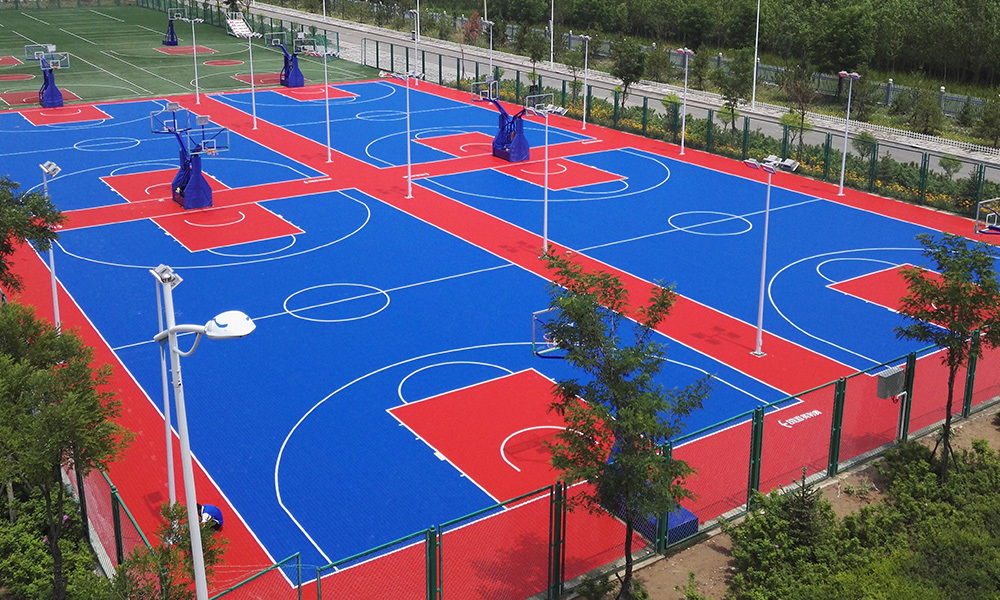
Planning a basketball court demands thorough preparation between budget management to deliver reliable structures with excellent functionality and extended usability. The financial costs of building basketball courts stem largely from dimensions of the court space together with selection of surface material and site preparation along with optional amenities such as lighting and fencing. People should […]
Football Turf Cost Guide

The total expenses for constructing top-quality football turf depend on multiple factors that need both detailed planning and budget allocation. The total cost of a high-quality football turf depends heavily on turf type, base construction, drainage as well as infill materials. Proper budget planning should include assessments of fencing installation along with lighting systems and […]
Tennis Court Cost Guide

Individuals who want to construct a tennis court should consider the following factors that determine construction expenses. Different surface types and project location affect the expense level and additional expenses such as installation of lighting and construction of fences. This guide will examine the main elements which determine tennis court costs in order to help […]

